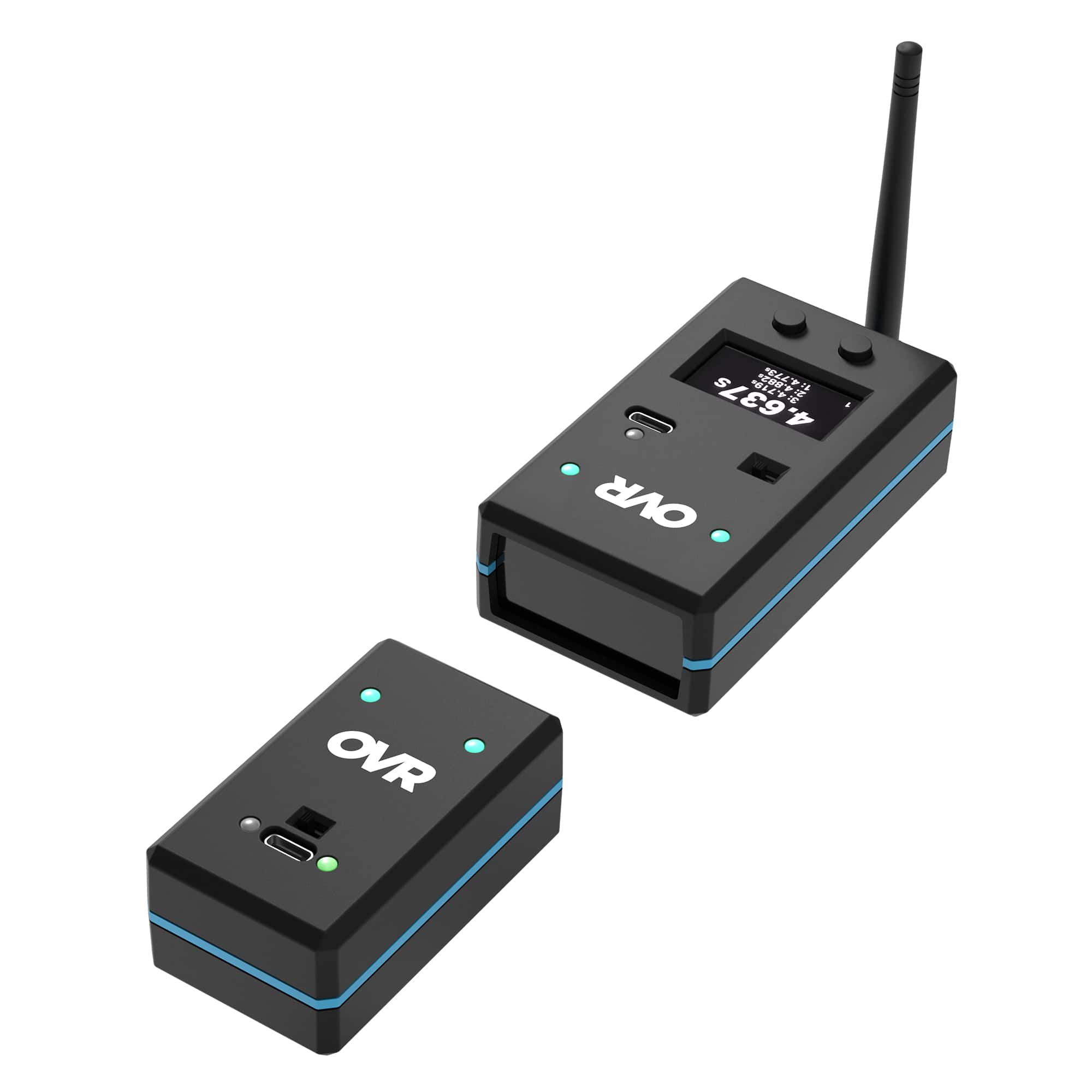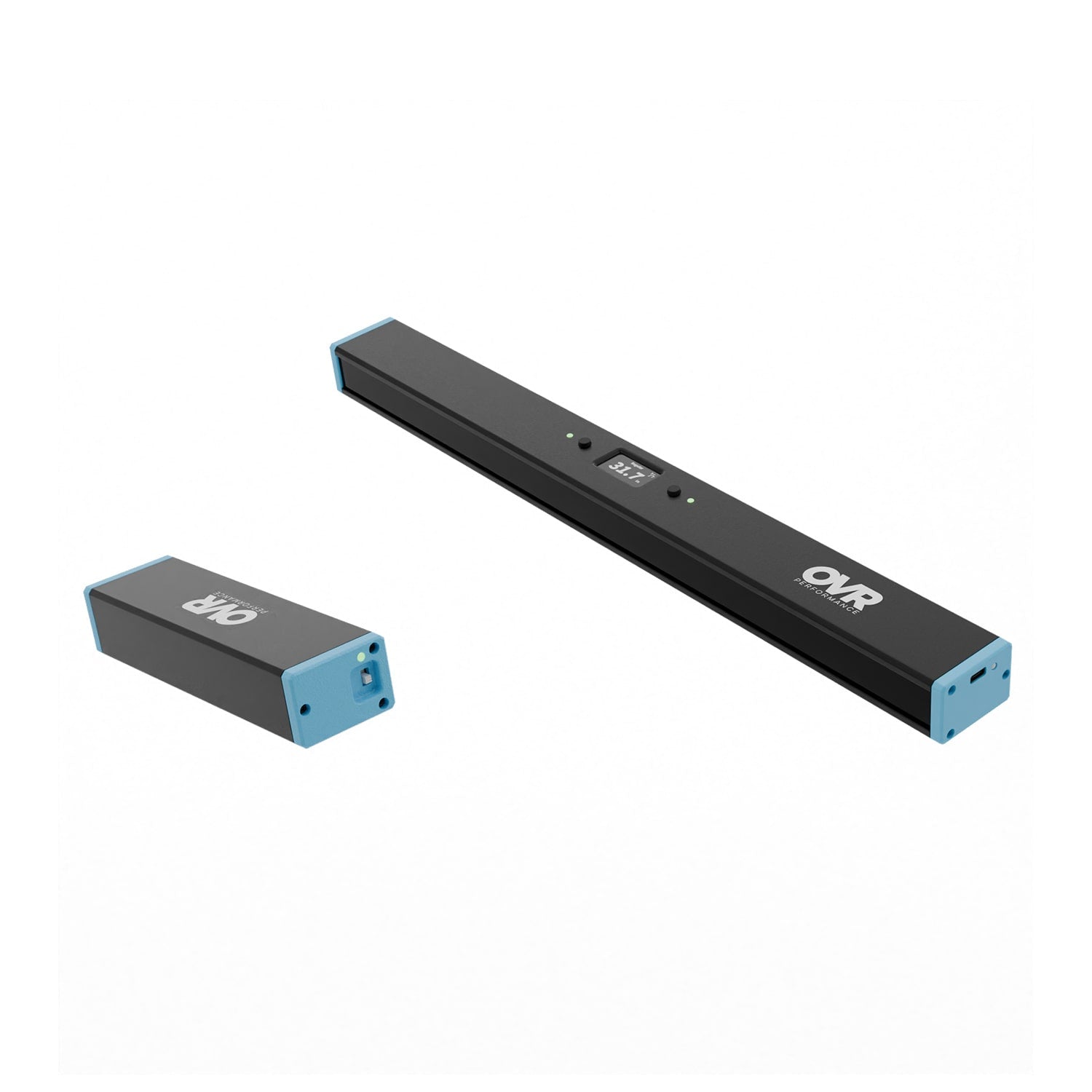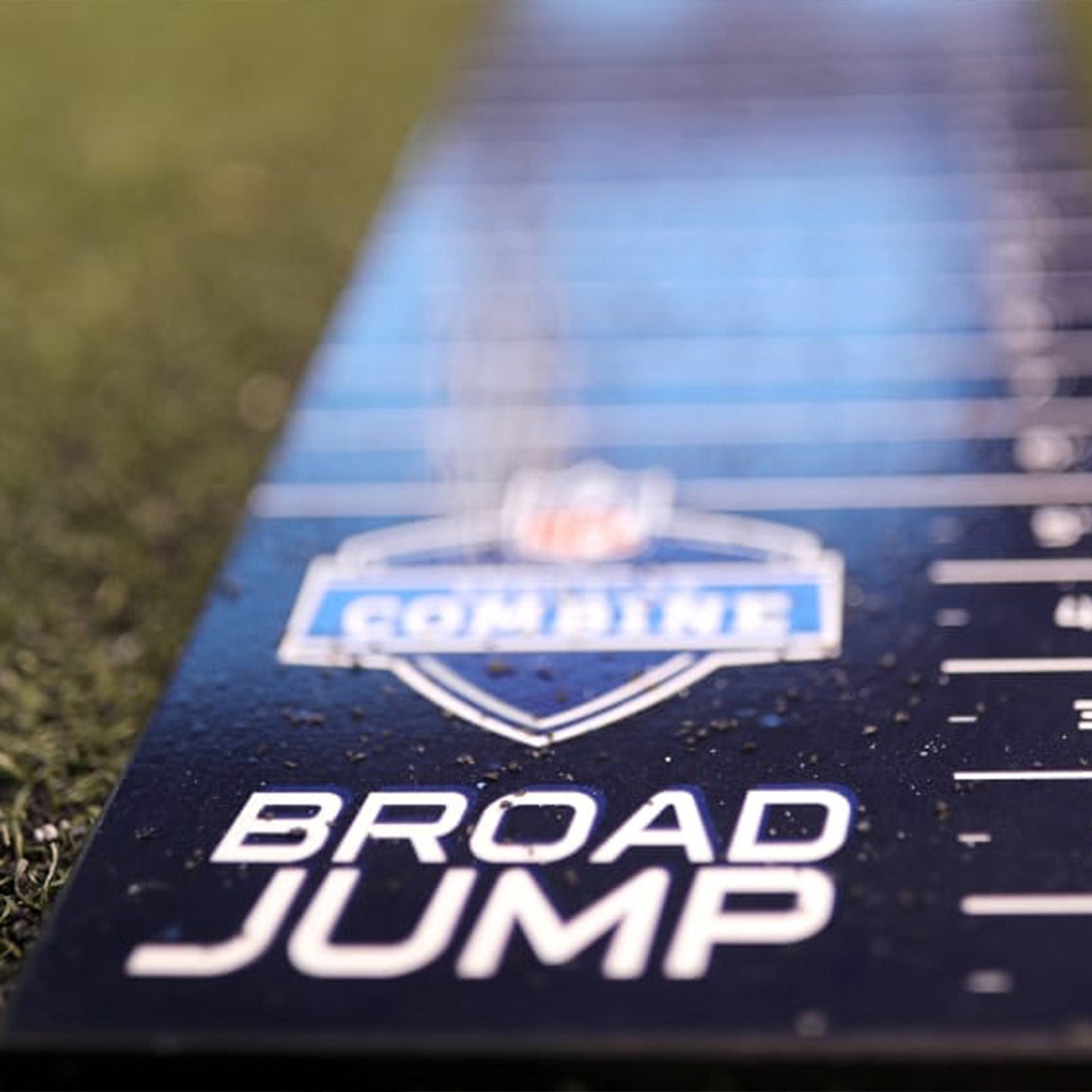When it comes to measuring athletic performance and enhancing explosive power, the debate between vertical jumps and broad jumps often takes center stage. Both exercises are staples in sports training, but they serve different purposes and target distinct movement patterns. As experts in training athletes to improve strength and speed, we’ve seen how each jump offers unique benefits depending on the demands of the sport or activity.
Measuring vertical jump focuses on upward power, making it ideal for sports requiring height and vertical explosiveness. On the other hand, the broad jump emphasizes horizontal force, closely mimicking the biomechanics of sprinting and directional changes. Interestingly, horizontal jumps not only improve sprint-related performance but also match vertical jumps in enhancing upward power. Tracking progress with something like a vertical jump device can be a great way to measure improvement. By breaking down these movements, we can determine how to leverage each for maximum athletic development. Let’s dive into what sets them apart.
Introduction
Vertical and broad jumps are foundational in jump training and widely used to gauge athletic performance. Both require explosive power and involve fast-twitch muscles, but they measure distinct aspects of lower body strength. Vertical jumps assess jump height and upward force production, while broad jumps focus on horizontal movement efficiency and leg power.
Each jump type provides insight into jump mechanics and force application. Vertical jumps are often utilized in sports testing to evaluate reactive strength and jumping ability for activities like basketball or volleyball. Broad jumps, on the other hand, emphasize distance and sprint speed, often correlating to linear acceleration in sports requiring quick directional changes.
Choosing the Right Test
Selecting between a vertical jump and a broad jump depends on the targeted movement patterns and the sport-specific demands. Vertical jumps are ideal for measuring jump height and assessing upward force production. These are crucial for sports involving explosive power, such as basketball and volleyball, where reactive strength plays a significant role.
Broad jumps, on the other hand, prioritize horizontal force and movement efficiency. This makes them better suited for activities requiring sprint speed and directional changes, such as football or track events. The ability to evaluate leg power in a forward motion directly aligns with these sports' performance needs.
Instead of using both tests universally, we recommend aligning the test with the athlete's sport or position requirements. For instance, players in positions relying on vertical leaps would benefit more from jump training focused on vertical mechanics, while others requiring horizontal propulsion would see better results from broad jump testing.
Force Vector Considerations
Force vector considerations play a critical role in determining how jumps develop specific athletic abilities. Vertical and broad jumps address different movement mechanics and patterns of force production, which influence training outcomes and athletic performance.
Broad Jump
Broad jumps emphasize horizontal force production and test an athlete's ability to generate explosive forward movement. The mechanics involve a blend of power from the hips, quads, and ankles, reinforced by fast-twitch muscle activation. This exercise transfers effectively to activities requiring sprint speed and rapid acceleration, as horizontal jumps align closely with running biomechanics. Broad jumps also challenge movement efficiency, as athletes manage both launch velocity and safe landing mechanics, making them essential for agility-heavy sports like football and track events.
Vertical Jump
Vertical jumps focus on upward force production, training the lower body to maximize jump height. This movement relies on a combination of plyometric power, reactive strength, and leg power, particularly in the calves, quadriceps, and glutes. The jump mechanics primarily drive vertical load resistance, which translates into improved performance in activities requiring explosive power in elevation, such as basketball and volleyball. By isolating upward force, vertical jumps highlight an athlete's ability to generate and control vertical acceleration, a key metric in sports testing. There are multiple jump measurement devices to get this data.
Data from the NFL Combine
The NFL Combine provides valuable data for evaluating explosive power and jump mechanics in athletes. By analyzing results from vertical and broad jumps, we can better understand how these movements reflect lower body strength, force production, and athletic performance.
Top Vertical Jumps
In the NFL Combine, the top vertical jump performances showcased exceptional jump height and reactive strength, especially among skill positions requiring explosive leaping ability.
-
Josh Imatorbhebhe, WR: 46.5 inches
-
Chris Conley, WR: 45.0 inches
-
Donal Washington, CB: 45.0 inches
These results highlight the importance of plyometrics and fast-twitch muscles in jump training for positions that demand vertical force to disrupt passes or compete for catches.
Top Broad Jumps
Broad jump data from the same NFL Combine further showcases horizontal power and movement efficiency, key for sprint speed and directional agility, particularly in defensive and offensive roles.
-
Byron Jones, CB: 12 feet, 3 inches
-
Emanuel Hall, WR: 11 feet, 9 inches
-
Juan Thornhill, S: 11 feet, 9 inches
These metrics demonstrate how tailored sports testing can assess leg power and jump mechanics, helping athletes and coaches design focused training programs.
Conclusion
Vertical and broad jumps provide unique insights into athletic performance, emphasizing different aspects of explosive power. Vertical jumps assess jump height and reactive strength, benefiting sports that require elevation like basketball. Broad jumps focus on horizontal force production and movement efficiency, essential for sprint speed and agility in sports like football.
In jump training, both types target fast-twitch muscles and enhance leg power. Vertical jumps develop upward force, while broad jumps improve forward momentum, aligning with sport-specific needs. Incorporating both tests into sports testing enables a comprehensive evaluation of lower body strength, jump mechanics, and force production.
For those tracking progress, integrating technology to measure jump height, force, and efficiency offers an invaluable tool for refining training strategies. Accurate tracking enhances performance outcomes, ensuring improved results in targeted areas.
Frequently Asked Questions
What is the main difference between vertical and broad jumps?
Vertical jumps focus on upward power and measure jump height, making them ideal for sports requiring elevation, like basketball. Broad jumps test horizontal force production and leg power, emphasizing explosive forward movement, which is crucial for sprinting and agility-focused sports.
Which muscles are targeted in vertical and broad jumps?
Both jump types primarily target fast-twitch muscles in the lower body. Vertical jumps emphasize the quads, glutes, and calves for upward force, while broad jumps engage the hamstrings, glutes, and hips for horizontal propulsion.
Are vertical jumps better for basketball players?
Yes, vertical jumps are highly beneficial for basketball players because they improve jump height and explosive upward force, helping with actions like dunking and rebounding.
Do broad jumps improve sprint speed?
Yes, broad jumps enhance horizontal force production and lower-body power, which directly contributes to acceleration and sprinting speed, especially for track and field athletes and football players.
How are vertical and broad jumps used in athlete testing?
Vertical jumps are used to evaluate jump height and reactive strength, while broad jumps measure horizontal movement efficiency and leg power. These tests help identify an athlete's strengths and weaknesses based on their sport's demands.
Why are both jump types important in training programs?
Incorporating both vertical and broad jumps ensures a comprehensive development of explosive power, targeting both upward and horizontal force production, which is essential for sports versatility and performance.
What is the longest broad jump on record?
The longest broad jump recorded was by Byron Jones at the 2015 NFL Combine, with a jump of 3.73 meters (12 ft 3 in).
Can vertical jump testing measure overall athleticism?
Yes, vertical jump testing often reflects overall athleticism as it evaluates lower-body strength, reactive power, and fast-twitch muscle activation, which are crucial for many sports.
How does NFL Combine use vertical and broad jump results?
The NFL Combine uses vertical and broad jump results to assess an athlete's lower-body strength, explosive power, and suitability for different football positions requiring specific movement mechanics.
Should athletes focus on one jump type over the other?
It depends on the sport's demands. Vertical jumps are ideal for sports requiring elevation and upward power, while broad jumps are better for activities demanding horizontal force and agility. Tailored training programs should align with the athlete's requirements.







Leave a comment
This site is protected by hCaptcha and the hCaptcha Privacy Policy and Terms of Service apply.